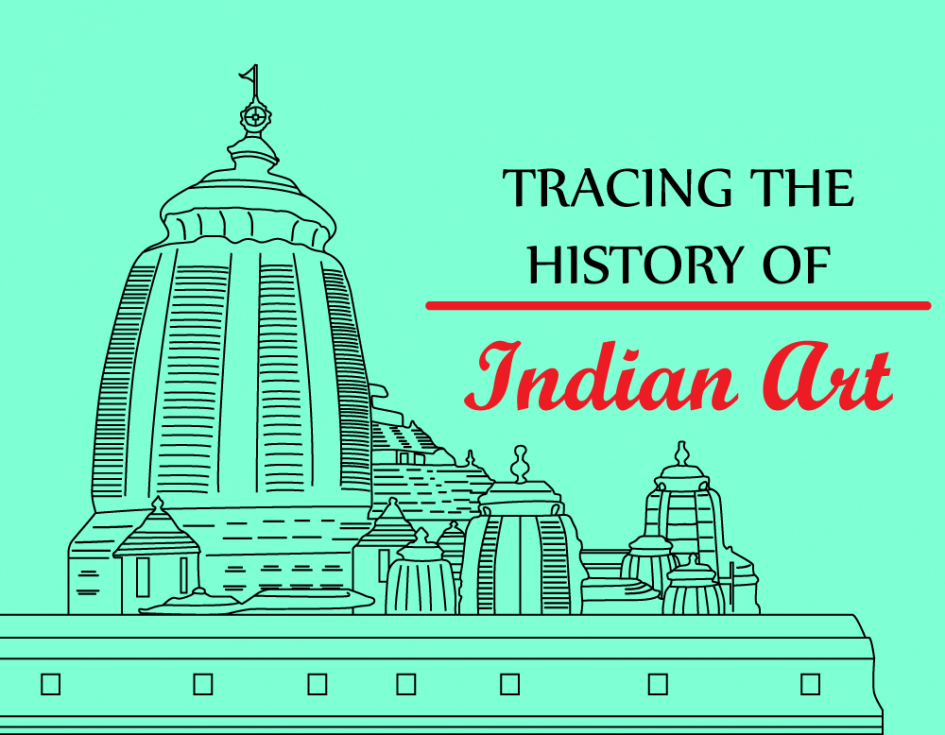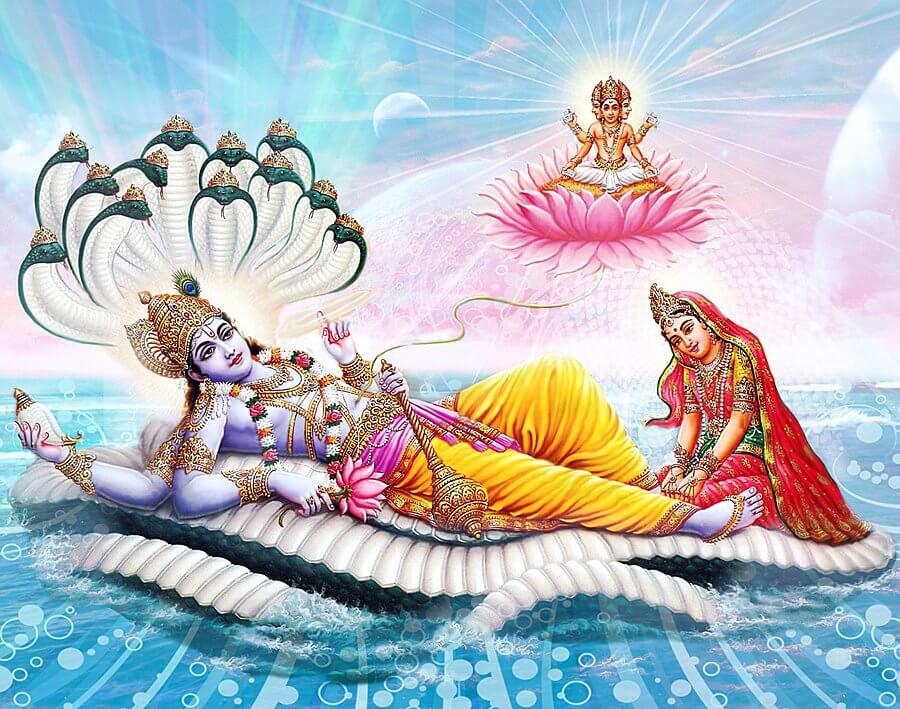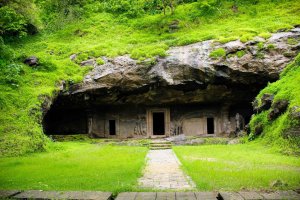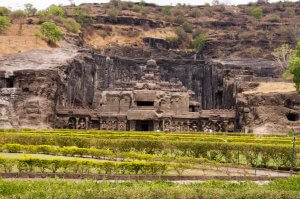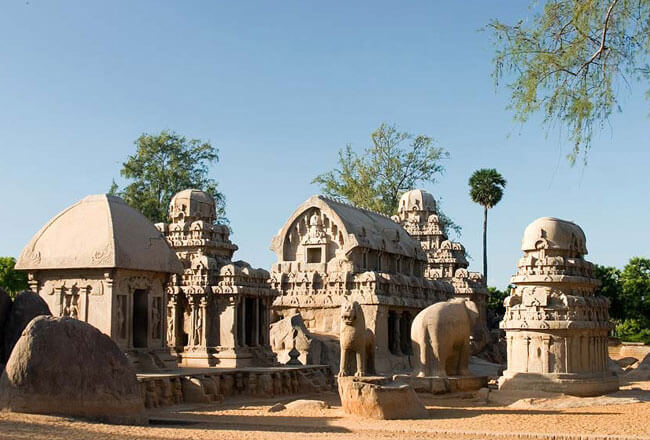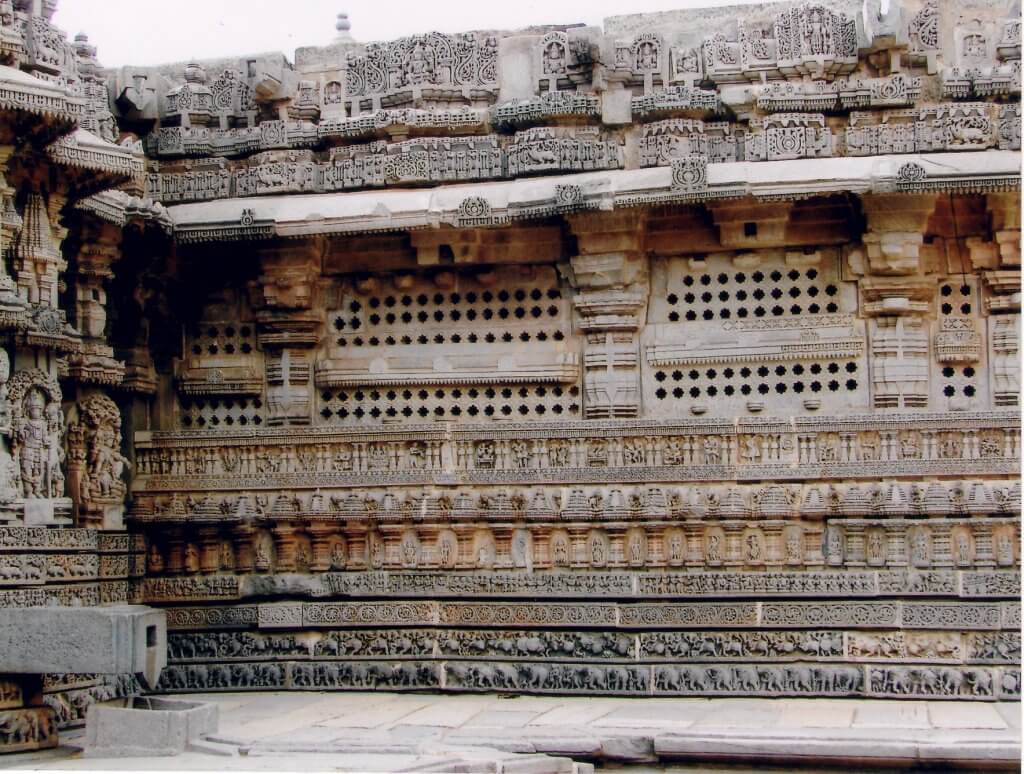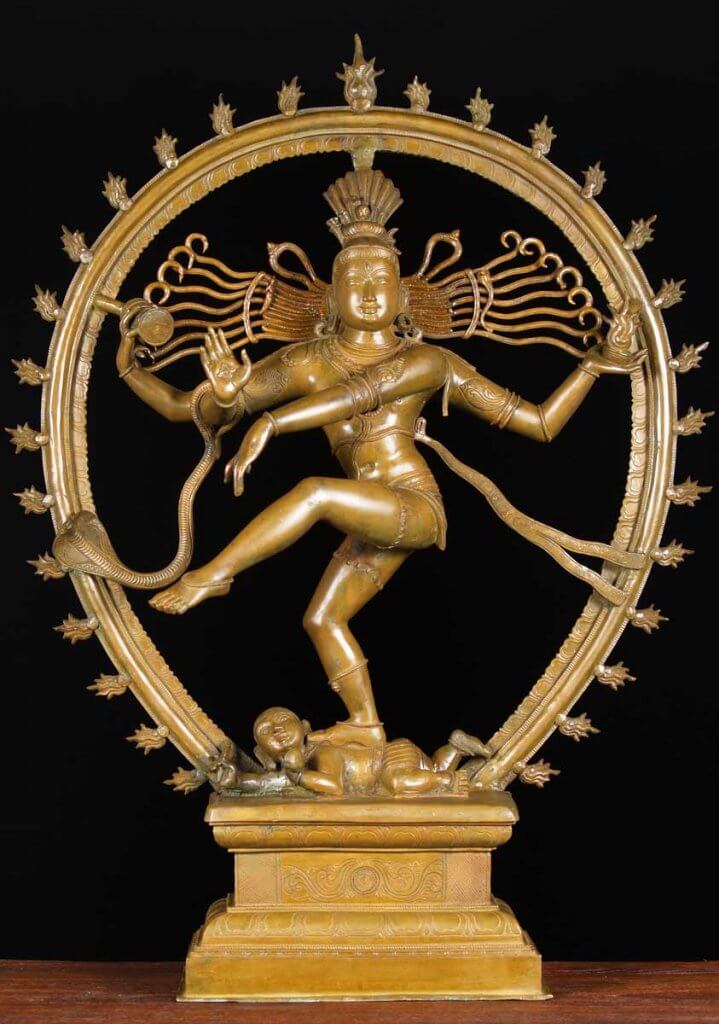Tracing the History of Indian Art
India has a very rich tradition spanning over several millennia. A look at the history of Indian art starting from the Indus Valley Civilization to the present.
Temple Architectures
- The Hindu temple architecture began to mature and evolve new forms in the Gupta age. The Gupta period also witnessed mutual adoptions of iconographic types between various religious systems.
- An excellent example of the sculptural tradition is found in the sculptures of the caves
There are colossal images of Lord Vishnu seated on the coils of Serpent King Ananta shows the clarity of carving creating geometric masses which combine to resolve the obdurate stone into a sensitively conceived work of art.
Sculpture of Buddhist Caves
- The most glorious sculptures of execution in architecture and sculpture of medieval period are found in Ellora. Here graceful sculptures related to contemporary faiths of Buddhism, Jainism and Brahmanism are also found. The sculptures of Buddhist caves bear an austere expression of their faith.
- The Brahmanical sculptures express super human energy and the cosmic forces with all their beauties of creation and horrors of destruction. Sculptural ideas that evolved in Ellora witnessed further developments in Maharashtra at Elephanta.
Pallava Architecture
- Other marvellous creations at Mamallpuram are the carved Mandapas, containing reliefs depicting Lord Vishnu as Varaha, Vishnu reclining on his serpent couch Ananta, and most beautiful of all is Durga slaying Mahisasura.
- The sculptures bring to us a feeling that walls have been converted to a repertoire where Gods are engaged in their dramatic shows. Also famous are the Five Rathas – a Group of temples known by the name of Pandavas. The Five Rathas mean chariot vehicles of Gods.
Hoysala Architecture
- The temple building activity continued in the 15th and 16th century by the rulers of Vijaynagara dynasty. This period witnessed a very fine production of Bronze images representing gods and goddesses, they are notable for great purity of form, absence of excessive ornamentation. The numerous forms of Shiva and Natraja show a remarkable use of balanced movement in the sculpted form.
Bronze Sculptures: Natraja Sculpture
- Bronze Sculptures Vishnu, Lakshmi, Krishna and Vaishnava saints. The most outstanding image of the Chola Bronze sculpture is Shiva as Nataraja, Lord of Dance. Representing the process of creation and destruction. Encircle by a Halo of Flames, the deity holds the celestial drum in one hand and flames in the other.
- Two other hands are held in poses respectively of Abhaya, assurance of protection and Kriya, lending energy. His right foot tramples upon the demon of ignorance and the leg swings in the air creating rhythm. The movement of dancing figure is aesthetically so balanced that while it fills all space, it seems a never ending process of emitting Cosmic Energy.
Facebook Comments
